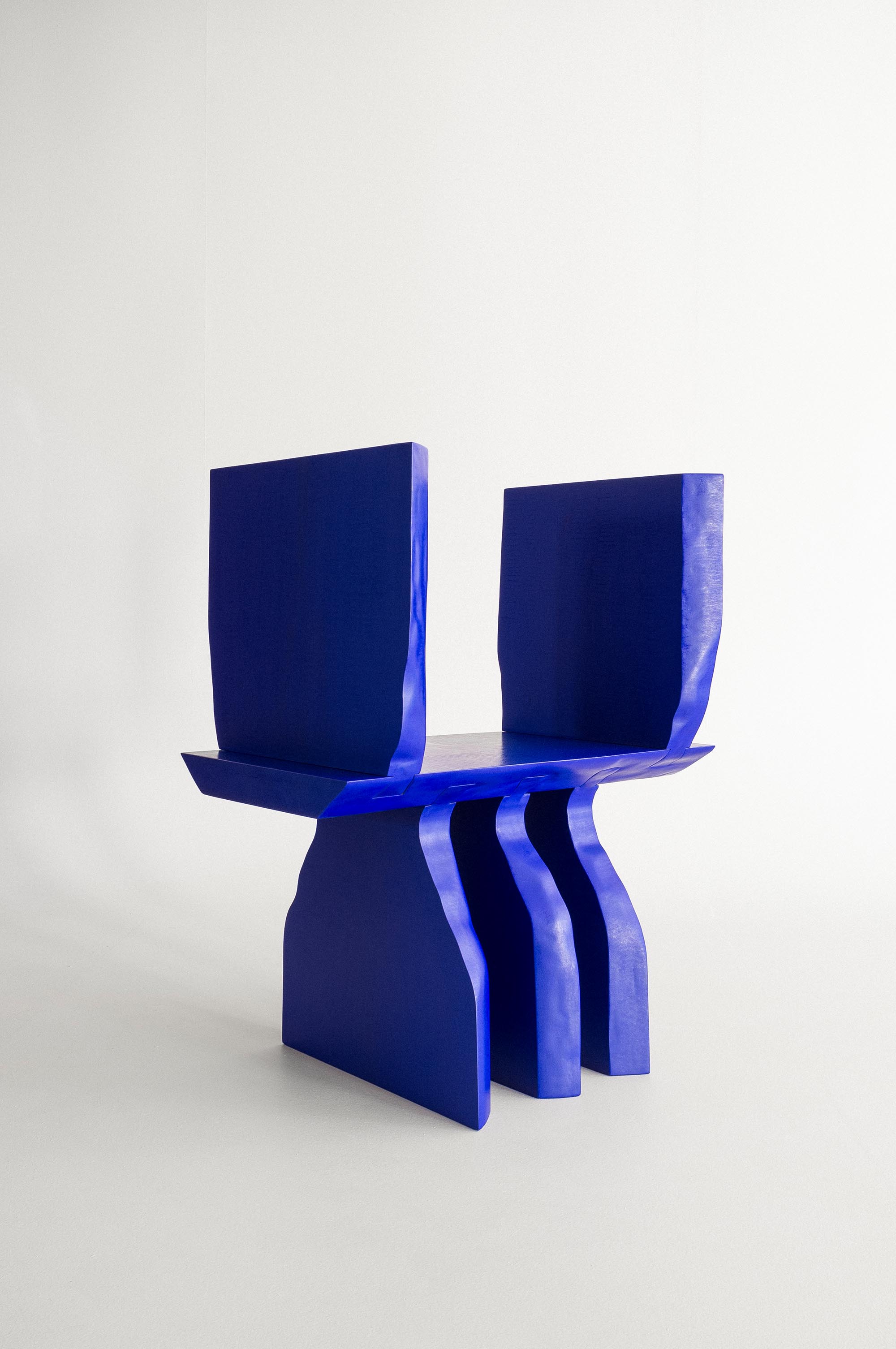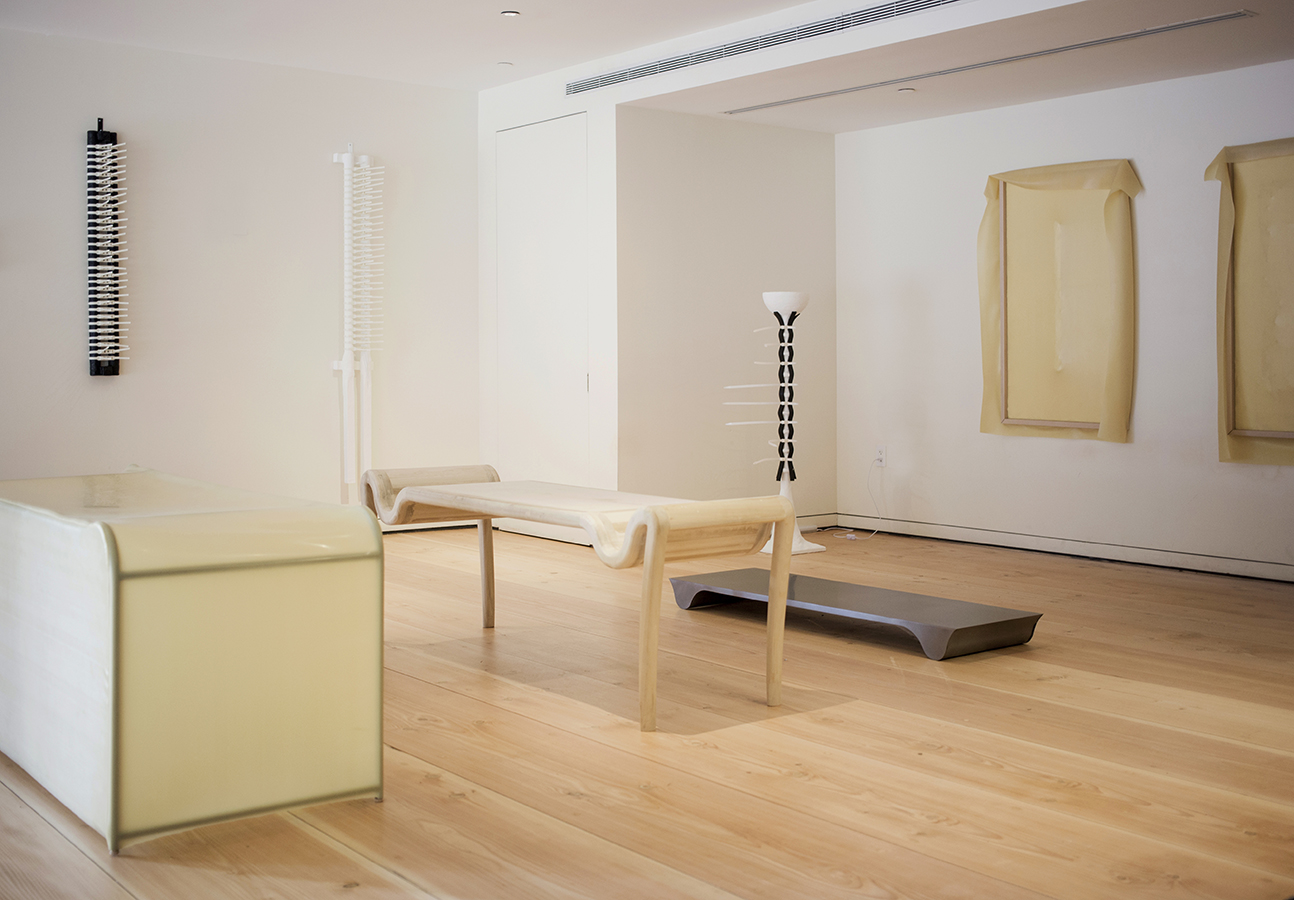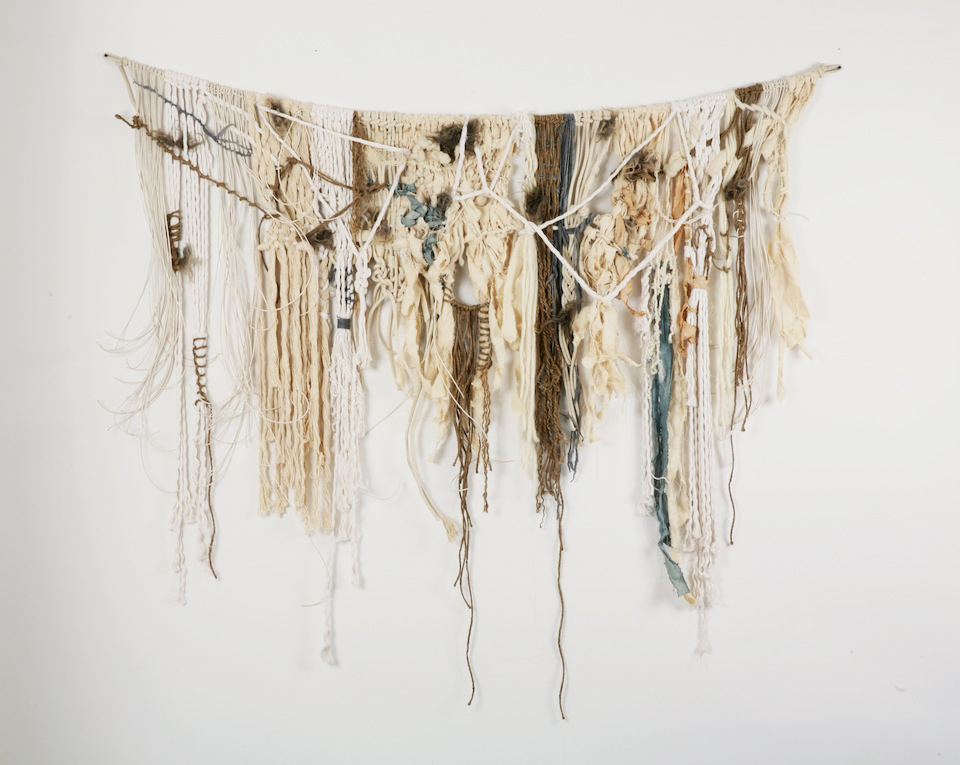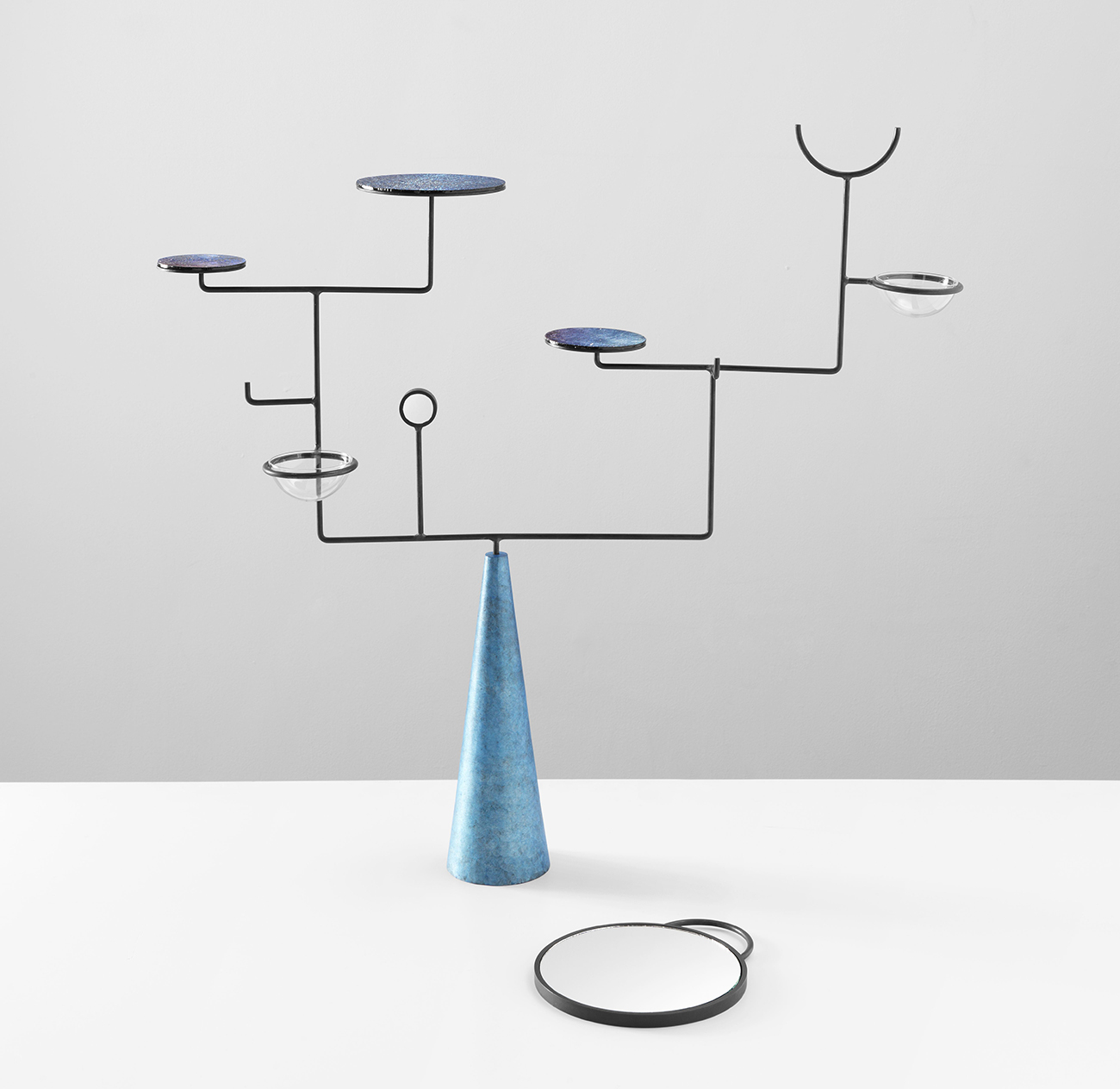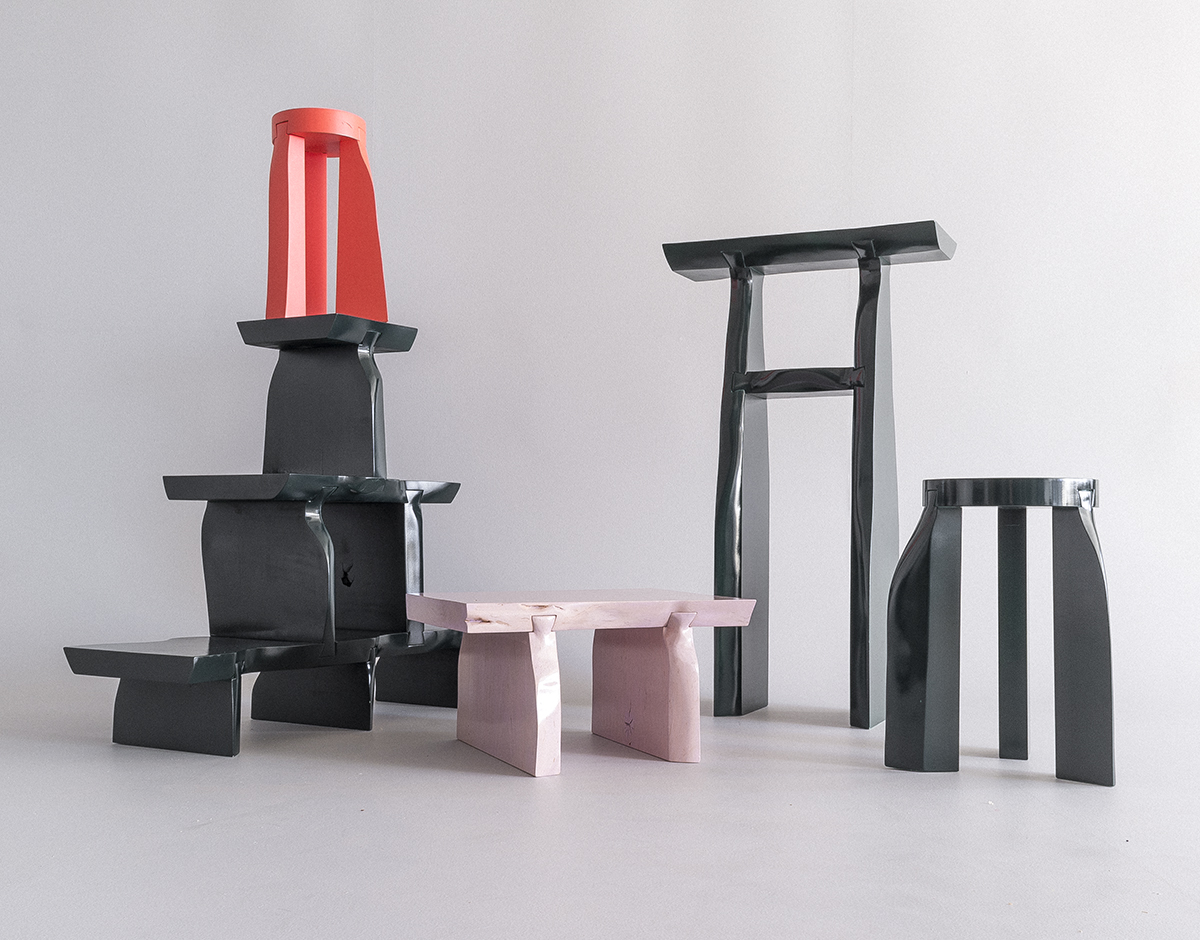
02.06.20
Up and Coming
Sorry, Hygge Hive — Mattias Sellden Just Took Nordic Design Out Of Its Comfort Zone
For Swede Mattias Sellden, the first step towards making a name for himself was, for better or worse, admitting that he wanted to. “For me, even showing what I do was a hurdle. I still don’t have a website and I started my Instagram only in August of last year — three months after my graduate exhibition.” Sellden chalks this reticence up to the Nordic code of conduct known as Janteloven, which he describes as “the very Swedish notion not be a show-off.” But with his first solo show slated for March, at Kaleido Konsthantverk in Uppsala, and two group shows up this month for Stockholm Design Week, Sellden is getting into a groove and making peace with the idea of success — or at the very least, showing off (a little bit).
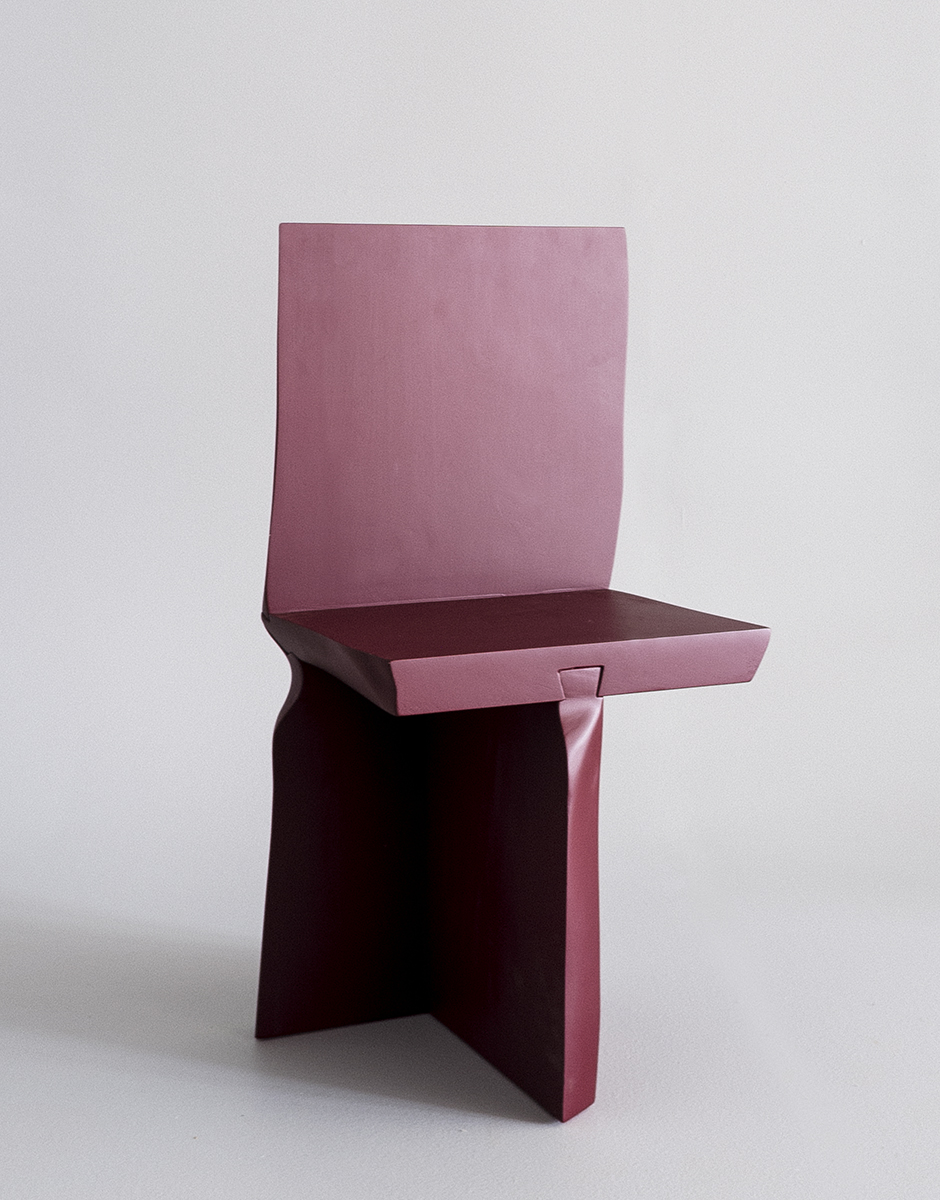
When did your practice get started?
It started as soon as I graduated from my bachelor’s program in 2013. However, I didn’t really pursue my own artistry at that time. For some years I took on various roles: as part of a small design group, as an architect at a mid-size studio, as a scenographer, as a carpenter and exhibition builder. Then, in 2017, I decided to go back to school to get my masters, trying to get back to the core of what I enjoy in design. The autumn of 2018 was a pretty decisive period when I was very close to dropping out for lack of inspiration, just a couple of months before my thesis. I decided to stay as I saw the thesis as an opportunity to explore what I wanted.
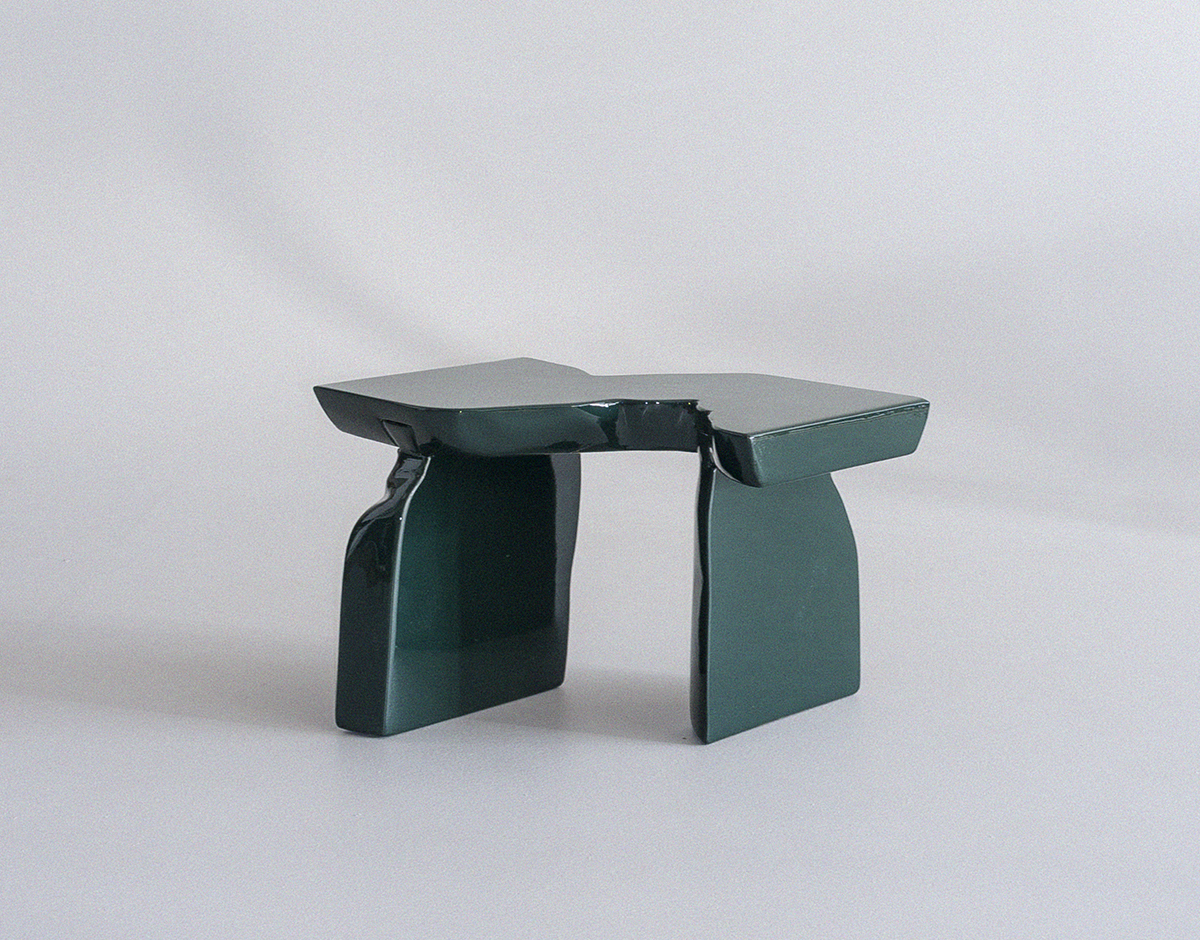
Can you tell us about your process and how it has developed over the years?
I’m very practical in my process. I love to be in the workshop with the material within arm’s reach. I think much better physically than I do with the sketchbook or on the computer. I’ve learned throughout the years that the only way for me to judge if an idea is interesting or not is to materialize it. A 3D model or sketch can’t provide that.
The expression I’m working with now is in many aspects very good for the way I like to work; I only need a rough sketch or idea to begin. Often this originates from something that I see within the material — at the moment, the inherent qualities and shapes of live edge wood. Then I start a dialogue with it, sculpting it carefully to make the transitions in the joints smooth. Sometimes it’s mostly the material that decides the outcome and sometimes it’s me. In the beginning I was maybe more true to the natural shapes, but as my process developed I realized that I’m as important as the material.
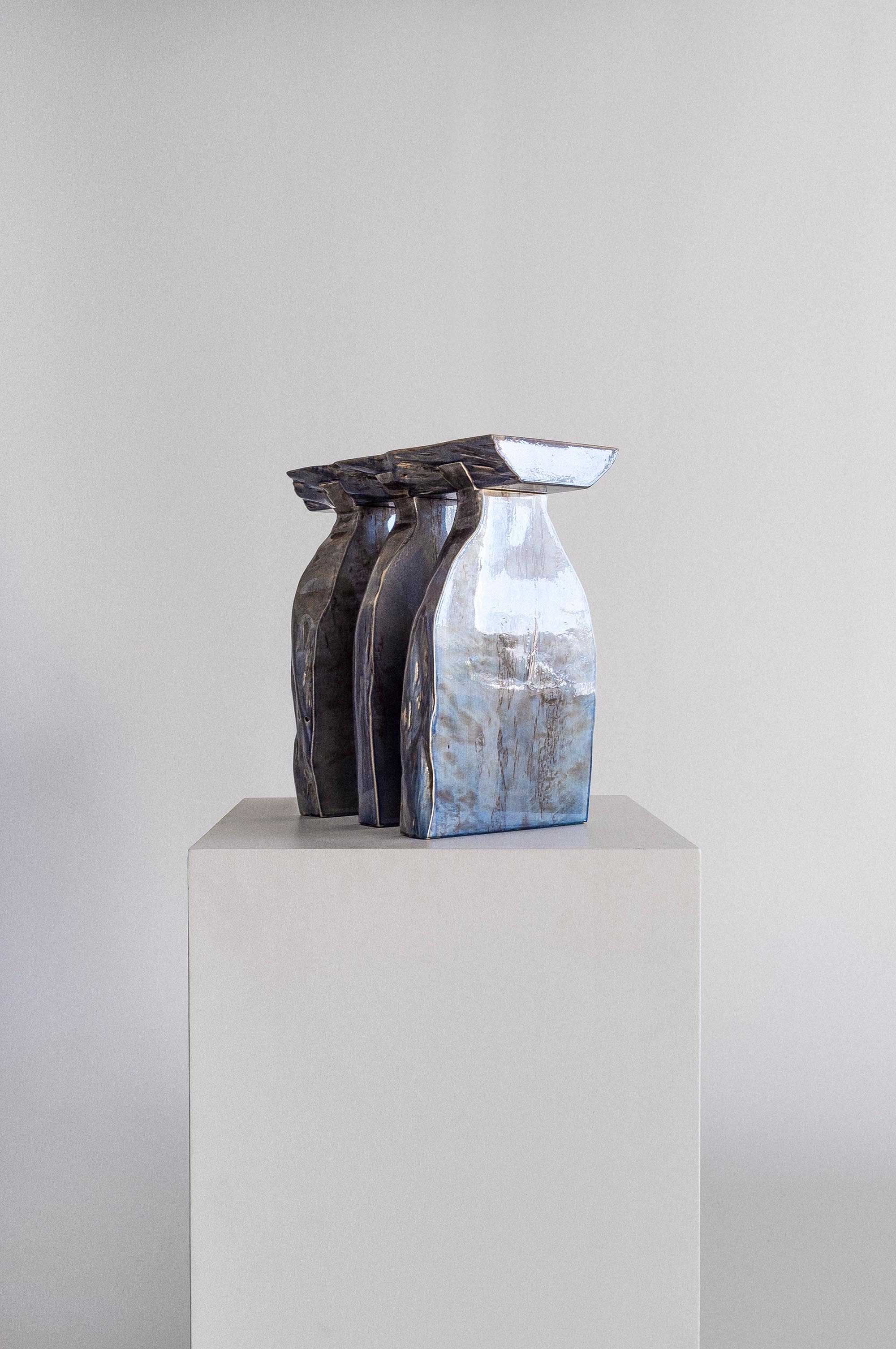
The wood itself seems to be very much a part of your vernacular as a designer; do you have a specific kind you use exclusively?
No, I use different kinds of wood, as they all have different qualities and are suitable for different things. For example, the holographic ones are a type called curly birch (European white birch with a genetic defect that causes the tree to twist on the stem with curls) which has this beautiful pattern that you don’t want to cover with paint. On the other hand, if I want a more “plastic” expression then I’ll work with beechwood (which is super dense and heavy with almost no grains or pores) or elder tree wood, which is similar, but much lighter and softer.
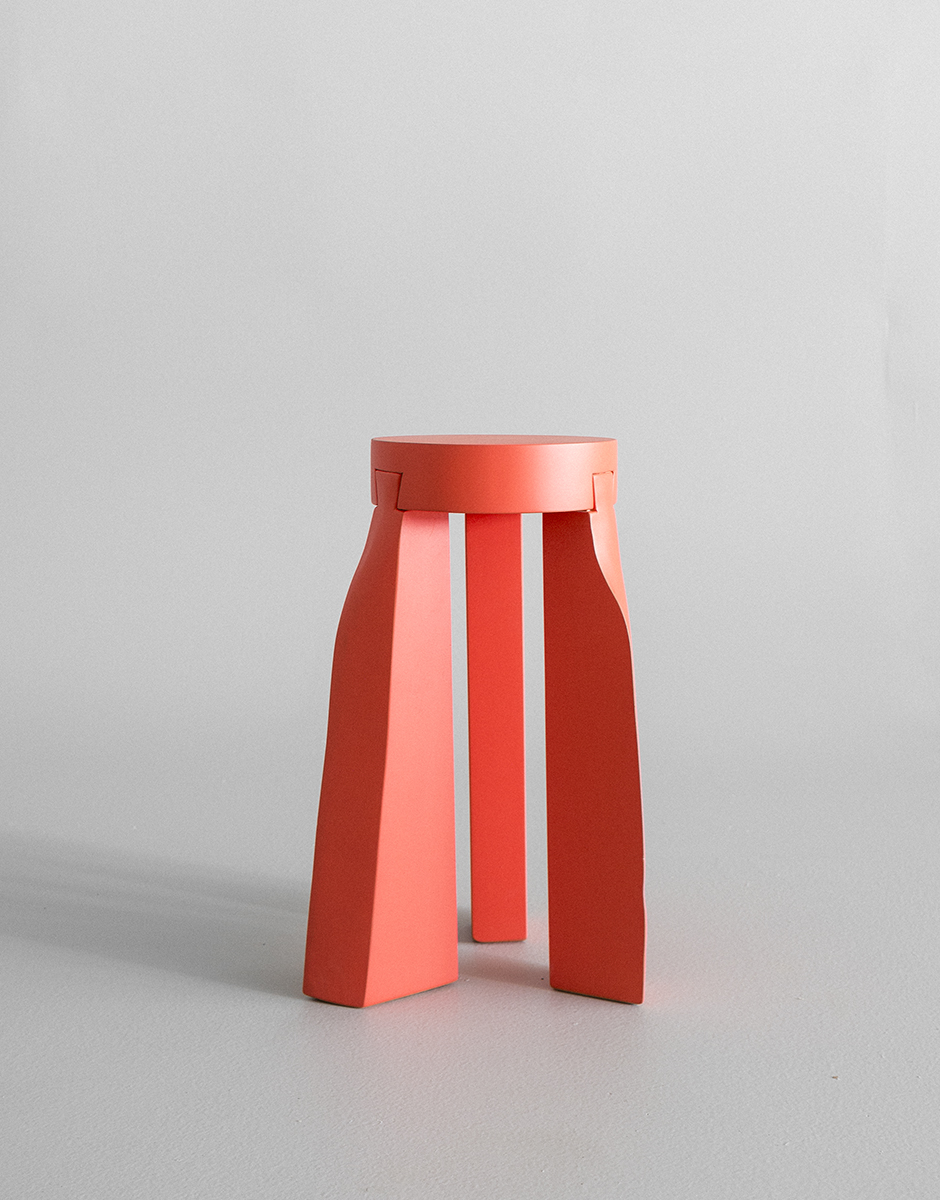
And you treat each piece with linseed oil and…paint?
I use different kinds of surface treatments. The early pieces are either stain and polyurethane varnish (the pink ones) or just sprayed with regular water based paint. Some pieces I gave to a guy who paints cars (the small green side tables and stools); those have a super glossy finish of car paint. I like the contrast of the organic natural wood shapes together with the thick coat of car paint.
Some of my latest pieces are hand painted with ultramarine blue linseed oil paint and some are treated with a linseed and tung tree oil mixture that creates a natural resin, giving a “holographic” effect. I have also pigmented it. It’s this together with the qualities of the curly birch—with the natural patterning — that creates the effect.
Is each piece carved by hand or do you employ any machinery?
I work with both and will probably continue to explore [methods]. When making the pieces I try to use the method most suitable, often starting with an axe and a broad knife to chip away the bark. Then I make initial cuts with a bandsaw or table saw, and then for the finishing touches (which of course take a while) I use different cutting tools like a knife or chisel.
Your joinery is pretty distinctive—how did you decide to create something that looks so “primitive”?
I believe I use the joinery because it’s suitable. It allows the wood to move ever so slightly, to prevent the slabs of wood from cracking—which they usually do if you fix them. Also, it’s my preference to use traditional crafting techniques in my practice as I believe that these are often forgotten when working with 3D modeling software. In the computer there is no resistance. You can join things as you like, but this is not applicable in the physical world. So I believe in emphasizing the joinery instead of hiding it, or downplaying its significance. The “primitive” look is natural to the wood — just imagine doing all these curves in 3D first and then using a router to cut them from a solid block. So I’m actually working with almost archaic forms that become complex by the inherent qualities of the material. There’s also some kind of tension with these pieces; some kind of nature and culture dichotomy perhaps.
What is inspiring you at the moment?
Digging deeper into my own work and trying out all the ideas and possibilities that I see in it. I just picked up half a dozen books by Swedish author Sven Lindqvist from an antiquarian; they maybe don’t help too much in my design struggles but they surely inspire me as a human. And I’m always under the influence of the American artists Allan Wexler and Donald Judd. Brilliant minds, brilliant artists. Last, but not least, I’m inspired by all the great people I’m sharing my studio and workshop with. They make hard work fun.
